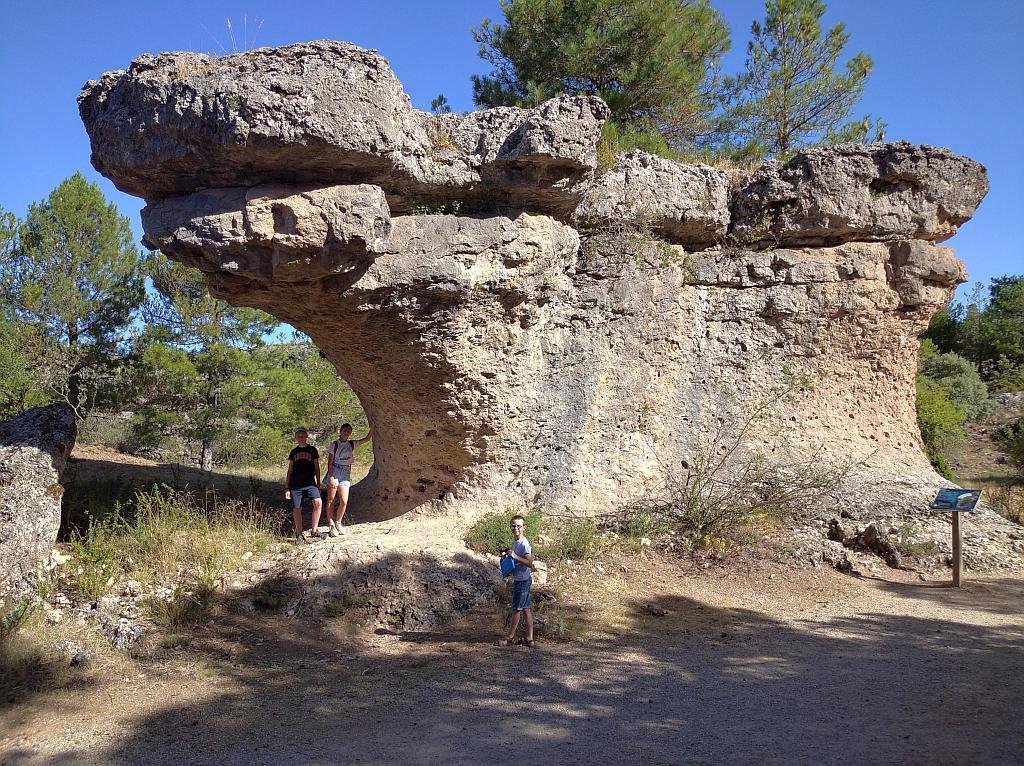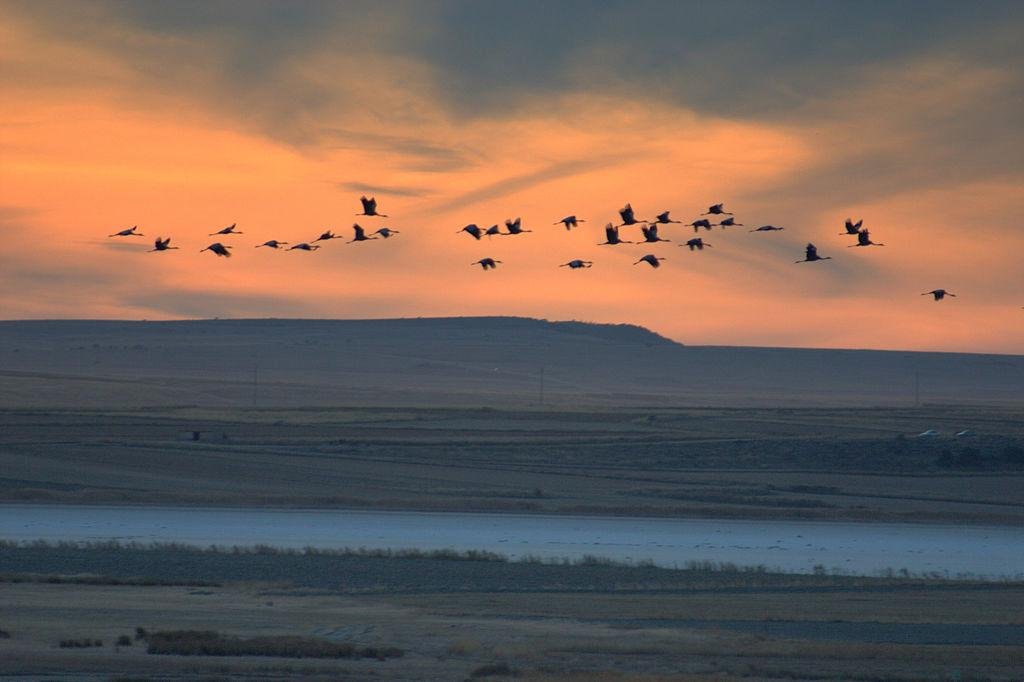- Region: Castilla la Mancha
- Province: Cuenca
- Declared a Natural Site of National Interest on June 11, 1929
- Privately run
I first stumbled across the Ciudad Encantada in Cuenca whilst on a long road trip over 20 years ago and, I remember then being totally awed by the amazing formations on this 3 km stroll through pine forest and rock. Finally, many years later in July 2022, I had the opportunity to visit again with my family. What a treat, this place is as fantastic as I remembered!

90 million years ago, this area was part of the shallow, and most importantly, calm seabed of Thetis which led to the deposition of minerals and salts creating limestone and dolomite.
Cuenca: Enchanted City, Devil’s Window and Medieval Quarter
I’ve been living in this lovely area of Western Andalucia for the last 20 years or so and dedicate most of my time to the running of English language tourist information websites for the towns of Cádiz, Ronda, Grazalema, the famous or infamous Caminito del Rey, and also Wildside Holidays, which promotes sustainable and eco-friendly businesses running wildlife and walking holidays in Spain. My articles contain affiliate links that will help you reserve a hotel, bus, train or activity in the area. You don’t pay more, but by using them you do support this website. Thankyou!



